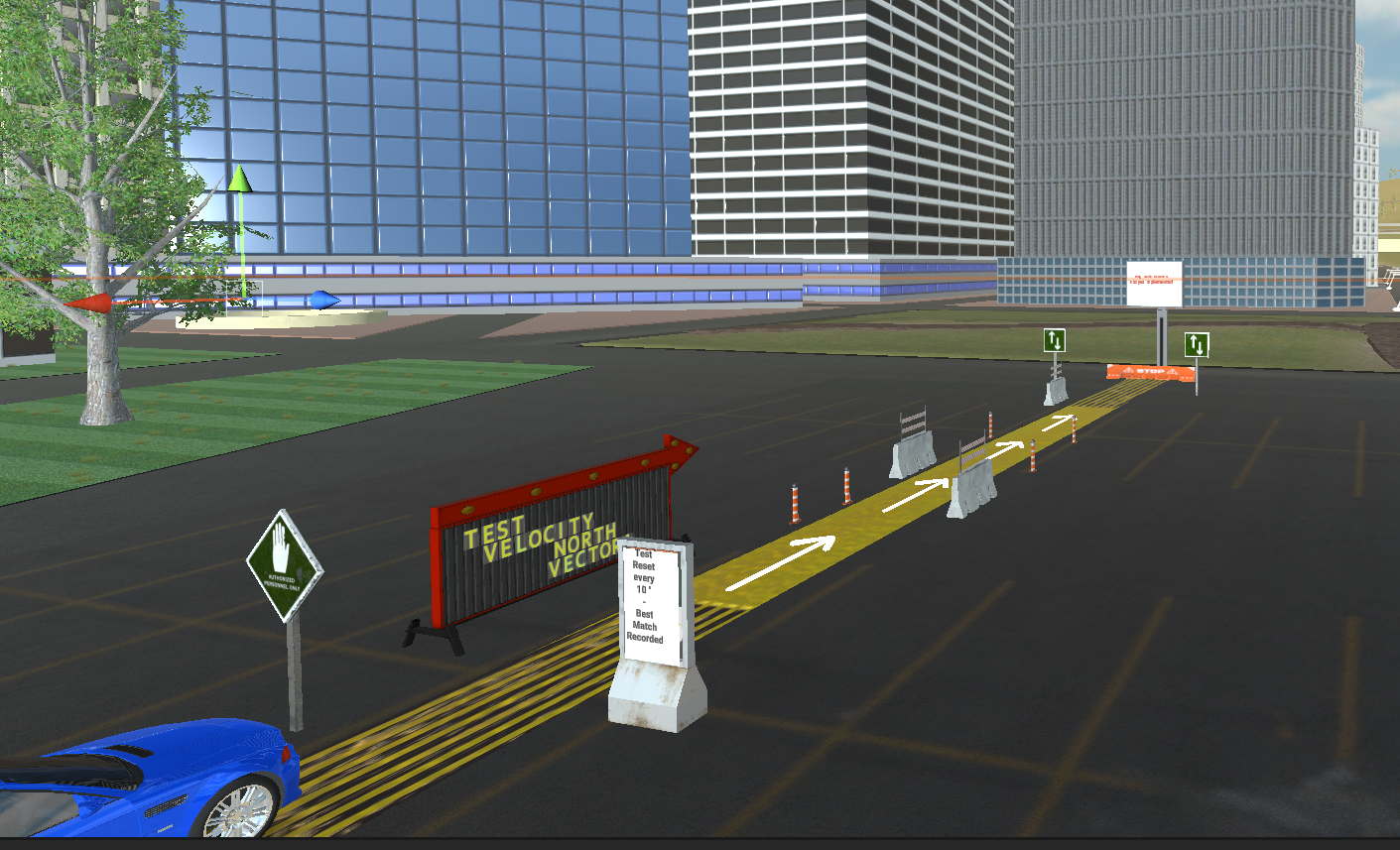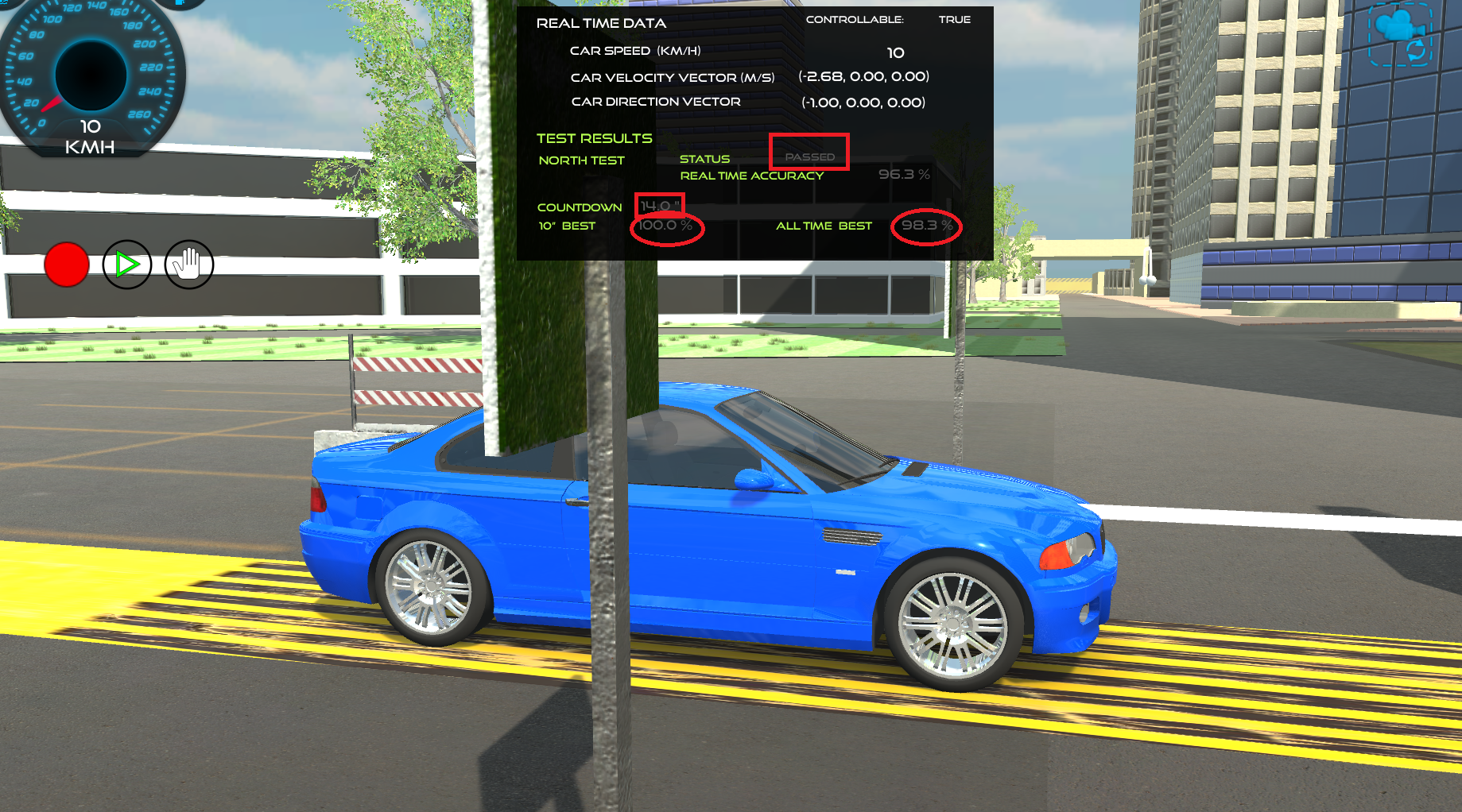PLAYTEST: The end of the design cycle focuses on how well your concept ideas come together from a player’s perspective.
- As a playtester, I tested 2 projects, both asynchronously, one about the green roof and one about the universal protocol. Both playtest offered an online URL and survey questions, were well organized and took less than 10-15 minutes to perform. For both, I was able to send ideas for improvement using a free form part of the survey. As a playtester I would have liked to have more specific questions, getting into more detailed aspects of the game. I both games were missing advanced game mechanics as they were limited to dialogs and animations. I wish the playtest would demonstrate one game mechanics (in addition to one learning objective).
- As the one administering the playtest, what was your experience? I had a panicky moment because I was working on the deadline and did not have a contingency plan in place in case my web version would be bugged. It was a chock because the game played successfully in Unity editor so I was not expecting a javascript blocking bug in my itchio version. After an hour, looking for a quick fix, I was able to publish a windows version. Thanks to Danielle response, I was reassured this could work well enough and it did.
- I administered 2 tests asynchronously and 1 test synchronously (with a business coach of mine working in my timezone and well versed with educational products) and received 2 feedback (Lanxin and Stacey). Mustafa offered to test but I was not able to provide a Mac version soon enough as I prioritized debugging and rolling back my project.
- What did you learn from administering the playtests? To be ready at least a couple of days before so if something unexpected and bad happens, I’d have more time to fix things and provide a web browser version and receive as many tests as possible. I received productive feedback and it was a much better experience than I anticipated.
- What could you improve if you were to playtest again? I sent out my playtesting questions in a mail as I did not have time to develop a survey. Overall the answers were very encouraging. It really gave me a boost to move forward with my project.
-
- Bonus Points: I was able to test 2 teams.


